Where safety meets style
Protecting yachts through proactive risk management…
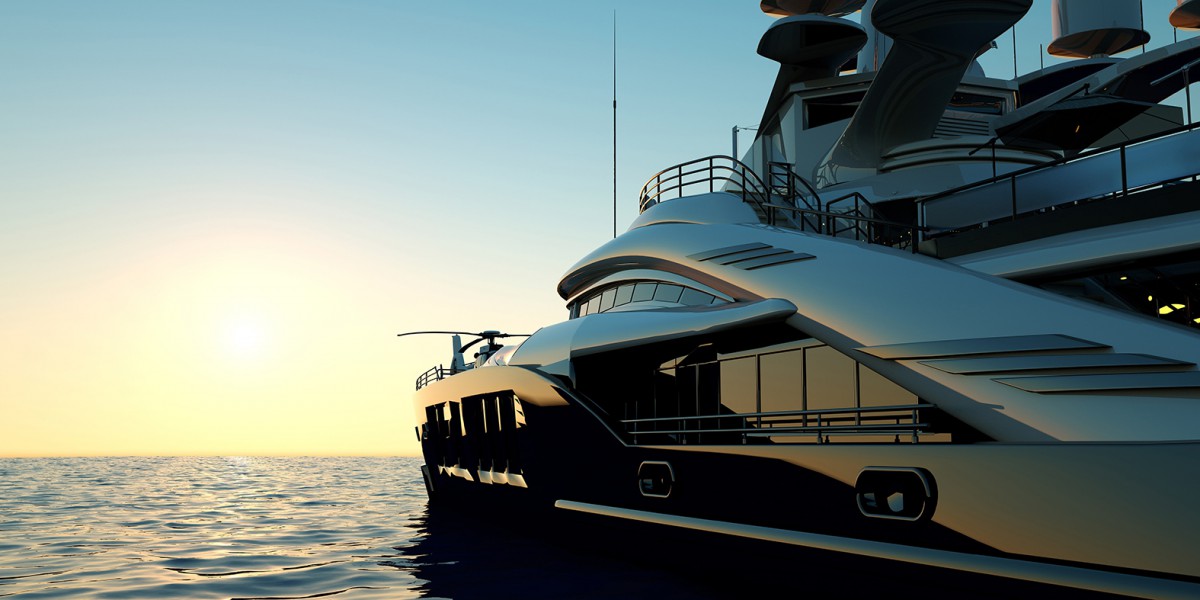
Image: © Sasa Kadrijevic
In this article, Reed Smith Transportation Industry Group lawyers Gaby Sweidan and Roberto Peroni examine how adopting compliance measures represents a strategic investment in both risk mitigation and long-term value.
In the typically calm waters off Sicily, an incident brought renewed attention to the importance of safety aboard superyachts. On 19 August 2024, 56-metre Bayesian was hit by freak weather and sunk in as little as 16 minutes just off the coast of Porticello, resulting in the loss of seven lives. While the UK-based Marine Accident Investigation Branch (MAIB) report was released on 15 May 2025 and other investigations continue including following the recovery of the yacht, this event serves as a difficult reminder of the importance of rigorous safety standards.
Many private superyachts are not required to comply with the International Safety Management (ISM) Code due to their size or non-commercial use. However, an increasing number of owners are voluntarily adopting safety management systems (SMS) as a proactive way to enhance preparedness and reduce potential liability in the event of an incident.
Risk management
The design, construction and operation of superyachts is subject to a complex network of regulations.
Yachts must adhere to the standards specified by classification societies and Flag administrations. The design of Bayesian received approval from both the leading classification society American Bureau of Shipping (ABS) and the UK’s Maritime and Coastguard Agency (MCA). However, questions have been raised about the yacht’s design and stability. While no findings of fault have been made, the tragedy illustrates how factors outside the owner's control – from extreme weather to latent design features – can combine to produce unexpected outcomes. In such cases, being able to show that a yacht followed recognised safety standards can be crucial in limiting exposure.
Yachts must generally also comply with the ISM Code, which establishes a global standard for the safe operation and management of ships. It plays an important role in minimising the risk of maritime accidents. The SMS would set out, for example, procedures to prepare for and respond to emergency situations. However, the mandatory implementation of the ISM Code applies only to commercial yachts over 500gt. Private yachts and commercial yachts under 500gt are generally only required to follow a simplified version, known as a mini-ISM SMS.
Although private yachts are generally not required to comply with the ISM Code, many choose to voluntarily implement an SMS. By doing so, they benefit from well-defined risk protocols, enhanced maintenance standards and an overall improvement in on-board safety culture.
Design features and risk awareness
Reports have suggested that certain design features may have contributed to the vulnerability of Bayesian during extreme weather – the MAIB report refers to a severe thunderstorm known as a “supercell”. For example, it has been reported that the yacht’s 237-foot-tall mast – possibly the tallest of its kind – and unusual position of the ship’s ballast within the hull may have affected its stability in high winds. The presence of air vents near the waterline and tall doors on the deck sides are also being examined as possible factors in how water entered the yacht when it listed. These elements are now part of broader discussions around how superyacht design interacts with rare but severe weather conditions.
The root cause of the incident remains under investigation despite the release of the MAIB report and different parties are likely to reach different conclusions as to lessons learned. However, the incident highlights the importance of integrating safety considerations throughout the design and construction or retrofit process. Questions remain about the initial construction of the yacht, any potential maintenance and retrofit of the yacht, and about the crew’s actions on the day of the accident.
While it is impossible to know whether an SMS would have changed the outcome, having one in place could have provided clearer procedures, supported decision-making during the incident and helped clarify what happened in the aftermath.
Charterparty disputes
Safety standards are a significant concern for charterers of yachts who expect both luxury and security during their time on board. If charterers believe that reasonable safety expectations have not been met, they may seek reimbursement of charter fees, for example under Clause 2 of the Mediterranean Yacht Brokers Association agreement.
Generally, a fundamental breach of a term by the owner, such as failing to provide a yacht that ensures the safety of its guests, may allow the charterer to terminate the charter prematurely and claim damages for losses resulting from the breach.
Owners can mitigate these risks and strengthen their legal position, if challenged, by voluntarily implementing robust safety measures and voluntarily adhering to recognised standards like SMS. This is not only good practice but a sound way to reinforce confidence among charterers and other stakeholders.
The future
The spotlight on this tragedy may lead to fresh conversations about yachting safety and regulation. Naval engineers from various countries who have reviewed the documentation for Bayesian note that as superyacht designs become more bespoke and ambitious, yachts may face new types of technical and operational challenges. The cost of implementing an SMS is modest in comparison to the potential consequences of an incident at sea – from loss of life to environmental damage or financial liability.
For superyacht owners, builders and charterers this is not about meeting minimum requirements, it is about taking control of risk. A well-structured SMS supports sound decision-making, adds credibility with regulators and charterers, and provides an additional layer of reassurance to all parties involved.
Read more about the effect extreme meteorological patterns could be placing on super-sized sailing yachts like Bayesian in Martin H. Redmayne's article in the latest issue of The Superyacht Report: Captains focus.
As an open-source platform we offer an industry-wide invitation to anyone and everyone in our sector to share their knowledge, experience and opinions. So if you have an interesting and valuable contribution to make, and would like to join our growing community of guest columnists, share your ideas with us at newsdesk@thesuperyachtgroup.com
NEW: Sign up for SuperyachtNewsweek!
Get the latest weekly news, in-depth reports, intelligence, and strategic insights, delivered directly from The Superyacht Group's editors and market analysts.
Stay at the forefront of the superyacht industry with SuperyachtNewsweek
Click here to become part of The Superyacht Group community, and join us in our mission to make this industry accessible to all, and prosperous for the long-term. We are offering access to the superyacht industry’s most comprehensive and longstanding archive of business-critical information, as well as a comprehensive, real-time superyacht fleet database, for just £10 per month, because we are One Industry with One Mission. Sign up here.
Related news
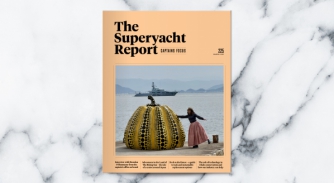
The Superyacht Report 225: Captains Focus – out now!
Real stories from the helm on leadership, operations, culture and life at sea hot off the press. Get your digital copy of TSR 225 here
Opinion
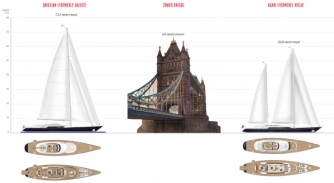
Bayesian: a canary in a coal mine
Was the Bayesian tragedy a perfect storm of design ambition, regulatory blind spots and operational margins tested to failure?
Opinion
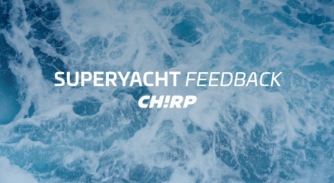
CHIRP Report: Diving SOP’s not followed
This case highlights how a severe lapse in communication and procedures could have caused serious injury – or worse
Crew
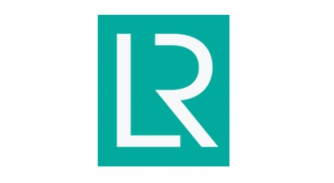
Lloyd’s Register launches safety survey
With greater scrutiny on industry-wide safety standards, the classification society urges you to have your say in its Yacht Safety Culture & Wellbeing Surve
Crew
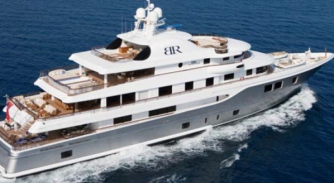
Lesson learnt from Baton Rouge
The MAIB investigation has revealed that the death of a crew member was preventable, so what urgent measures can be taken to prevent future incidents?
Crew
Related news
The Superyacht Report 225: Captains Focus – out now!
6 months ago
Bayesian: a canary in a coal mine
6 months ago
CHIRP Report: Diving SOP’s not followed
7 months ago
Lloyd’s Register launches safety survey
8 months ago
Lesson learnt from Baton Rouge
11 months ago
NEW: Sign up for
SuperyachtNewsweek!
Get the latest weekly news, in-depth reports, intelligence, and strategic insights, delivered directly from The Superyacht Group's editors and market analysts.
Stay at the forefront of the superyacht industry with SuperyachtNewsweek



